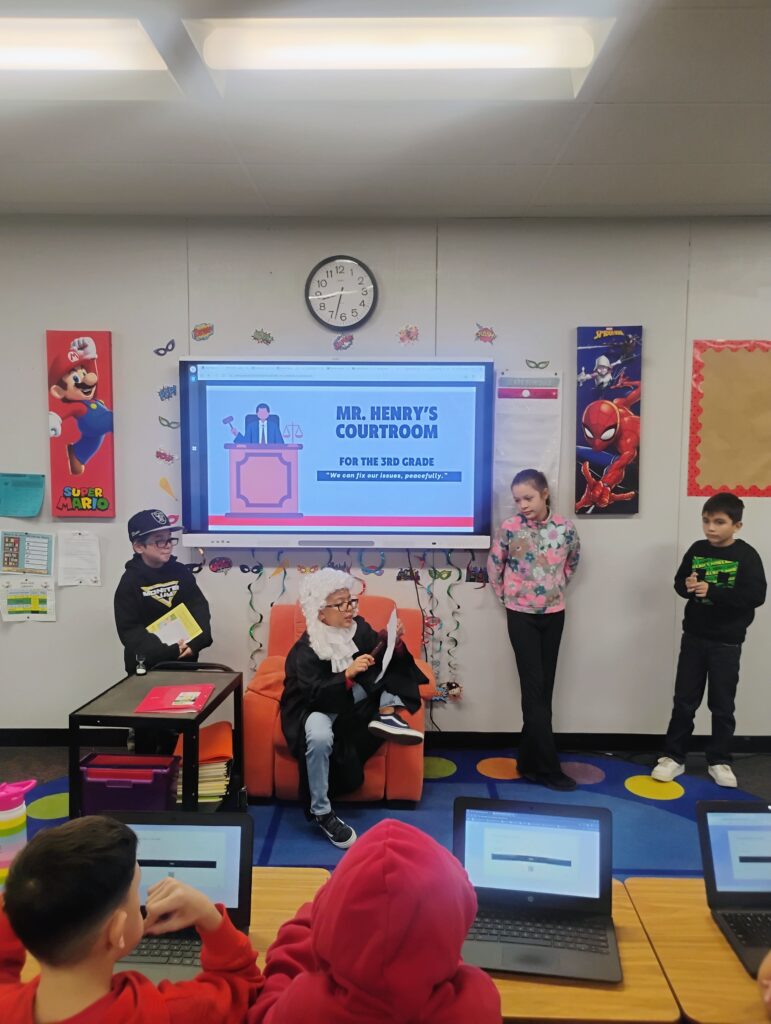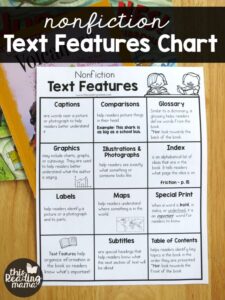To prevent behavioral problems from escalating and to help lower the number of disciplinary referrals, I’ve established a student court and court is held every Friday.
During the week if students have an issue, they must fill out a report using the RACES writing strategy and return it to the student judge. All grammar issues in the report must be fixed before court.
During court, the plaintiff (person who filled out the reporting form) and defendant (person who is being accused of a misdeed) each get 2 minutes to talk about the issue while the judge and the rest of the class (jury) listen. The Bailiff is responsible for taking people out of the court for disruptions. We also have a student class counselor to help talk to students who may be unhappy with the consequences.
The judge will then call on witnesses if any. The judge makes a ruling with a consequence and then everyone else (jury) votes privately on their computer to agree or disagree with the judge’s decision.
If the jury and judge do not agree, the teacher steps in and makes a judgment call.
Student Court ensures all student issues are heard and addressed in a timely but orderly manner. It also teaches students about how the U.S. court system works and prepares them for jury duty as adults.
If there are no court cases or if students work out their problems before student court on Friday, I use court time for movie time instead to encourage students to talk about their problems instead of dealing with them in court.







